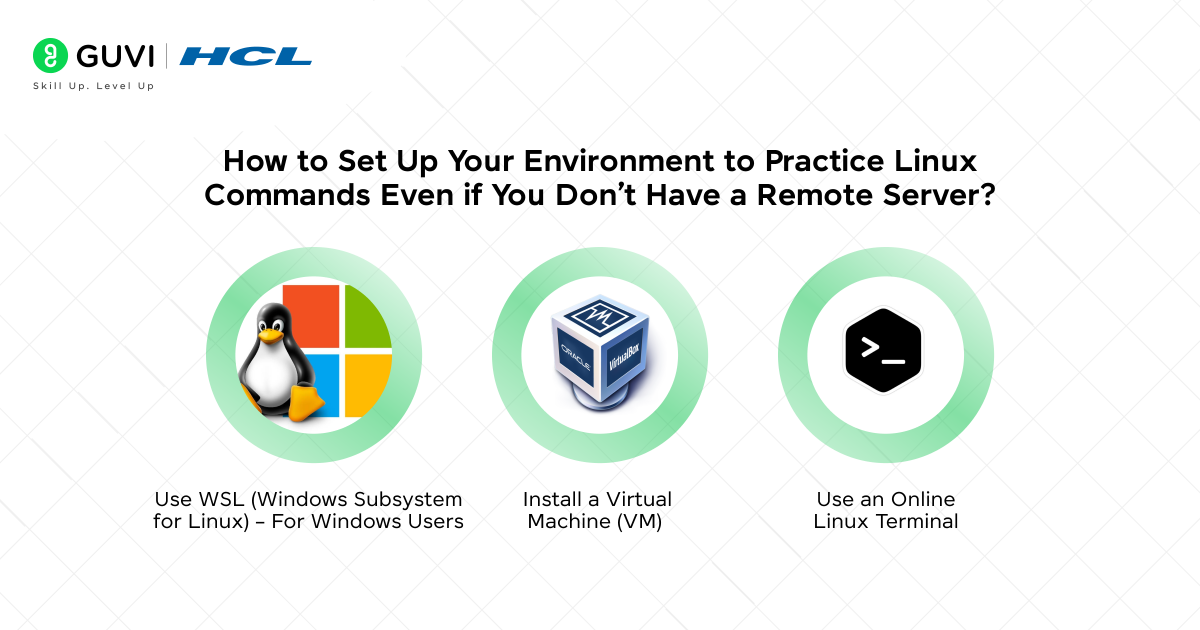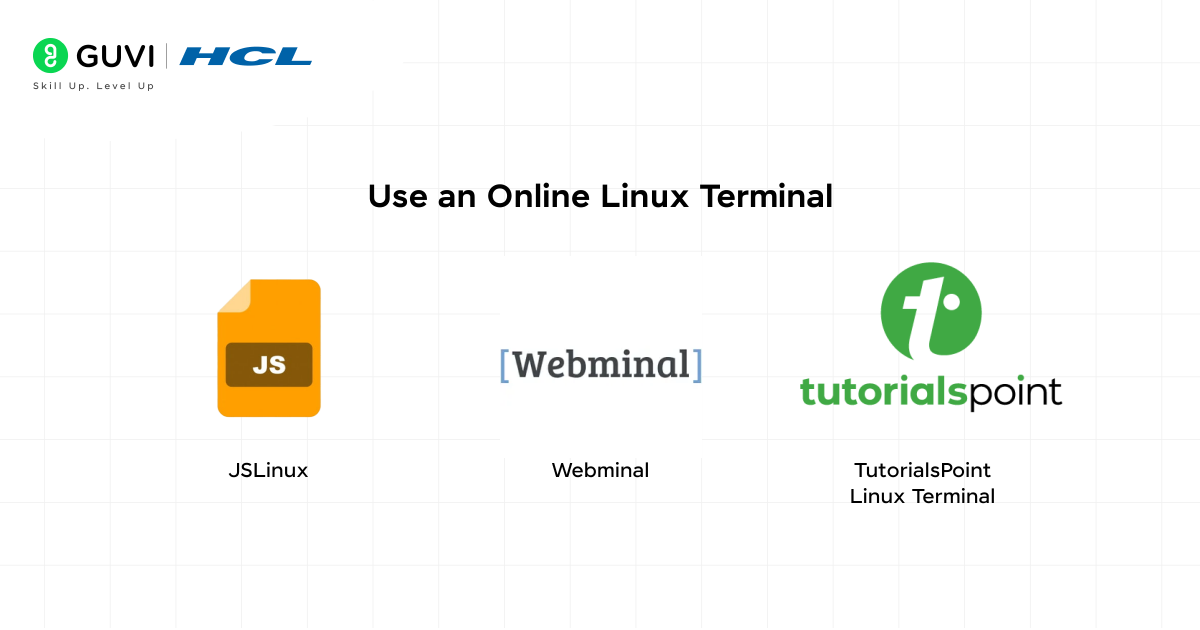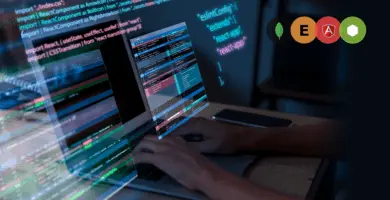
How to Set Up Your Environment to Practice Linux Commands?
Sep 09, 2025 2 Min Read 1604 Views
(Last Updated)
Learning Linux commands is a game-changer for anyone stepping into IT, development, or cybersecurity. But here’s a common hurdle: what if you don’t have a dedicated Linux server to practice on? The good news is, you don’t need one.
Whether you’re using Windows, prefer a virtual setup, or want to jump straight into an online terminal, there are multiple ways to get started with Linux commands without relying on a remote server.
This guide walks you through the best options, from using WSL on Windows to exploring cloud-based terminals and even configuring PuTTY for more advanced users.
Table of contents
- How to Set Up Your Environment to Practice Linux Commands Even if You Don’t Have a Remote Server?
- Using PuTTY
- Option 1: Use WSL (Windows Subsystem for Linux) – For Windows Users
- Option 2: Install a Virtual Machine (VM)
- Option 3: Use an Online Linux Terminal
- Still Want to Use PuTTY?
- Conclusion
How to Set Up Your Environment to Practice Linux Commands Even if You Don’t Have a Remote Server?

Using PuTTY
PuTTY is a popular SSH (Secure Shell) client that lets you connect to remote servers and control them via the command line. But here’s the catch: PuTTY needs a server to connect to. If you don’t have one, it won’t do much on its own.
Option 1: Use WSL (Windows Subsystem for Linux) – For Windows Users

WSL lets you run Linux directly inside your Windows system.
How to Set It Up:
- Press Win + X, select Terminal (Admin).
- Run:
bashwsl --install - Restart your computer when prompted.
- Open Ubuntu (or your chosen distro) from the Start menu.
Boom! You now have a full Linux terminal on your Windows machine.
No PuTTY required with WSL.
Option 2: Install a Virtual Machine (VM)

Use software like VirtualBox to install a Linux distribution (e.g., Ubuntu) inside your computer.
Steps:
- Download and install VirtualBox.
- Download an Ubuntu ISO from ubuntu.com.
- Create a new VM in VirtualBox and load the ISO file.
- Boot it up and start practicing.
This gives you a full Linux desktop inside your current OS.
Explore: Automate Tasks with Cron Jobs in Linux
Option 3: Use an Online Linux Terminal

For quick practice without installations, online terminals are awesome.
Try These:
- JSLinux
- Webminal
- TutorialsPoint Linux Terminal
Great for:
- Beginners
- Practicing basic commands
- Running short scripts
Still Want to Use PuTTY?
If you’re set on using PuTTY, here are ways to get a server:
Option A: Set Up SSH on WSL
Once WSL is installed, you can run an SSH server locally:
bash
sudo apt update
sudo apt install openssh-server
sudo service ssh startThen, in PuTTY, connect to localhost with port 22.
Option B: Use a Cloud Provider (e.g., AWS or DigitalOcean)
Many cloud services offer free or low-cost Linux VMs:
- AWS EC2 Free Tier
- Google Cloud Free Tier
- DigitalOcean ($5/month droplets)
You’ll get a public IP and credentials to connect using PuTTY.
Also Read: Linux Performance Monitoring Tools
Conclusion
Getting hands-on with Linux doesn’t have to mean setting up a remote server or shelling out for a cloud subscription right away. With tools like WSL, virtual machines, and even browser-based terminals, you can start building your command-line confidence in minutes.
And if you’re eager to dive deeper with PuTTY, options like local SSH or cloud VMs are just a few steps away. Choose the method that suits your learning style and get started, because the best way to learn Linux is by using it.




































Did you enjoy this article?